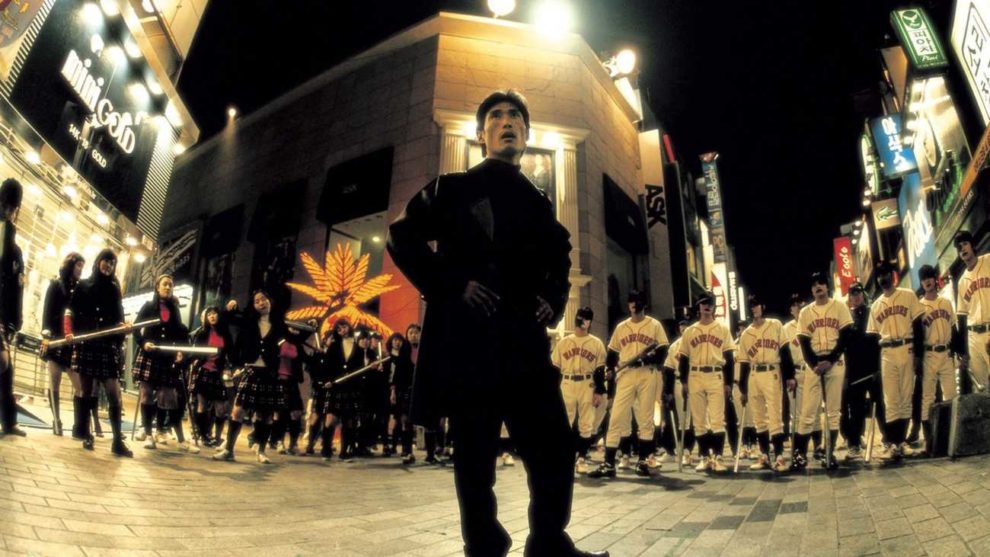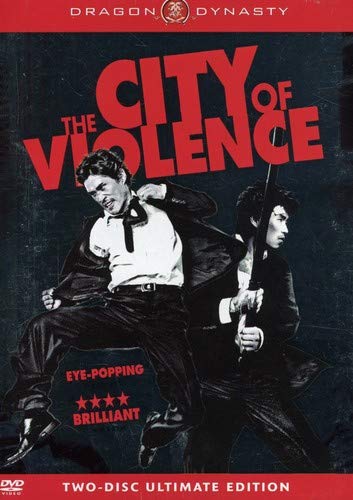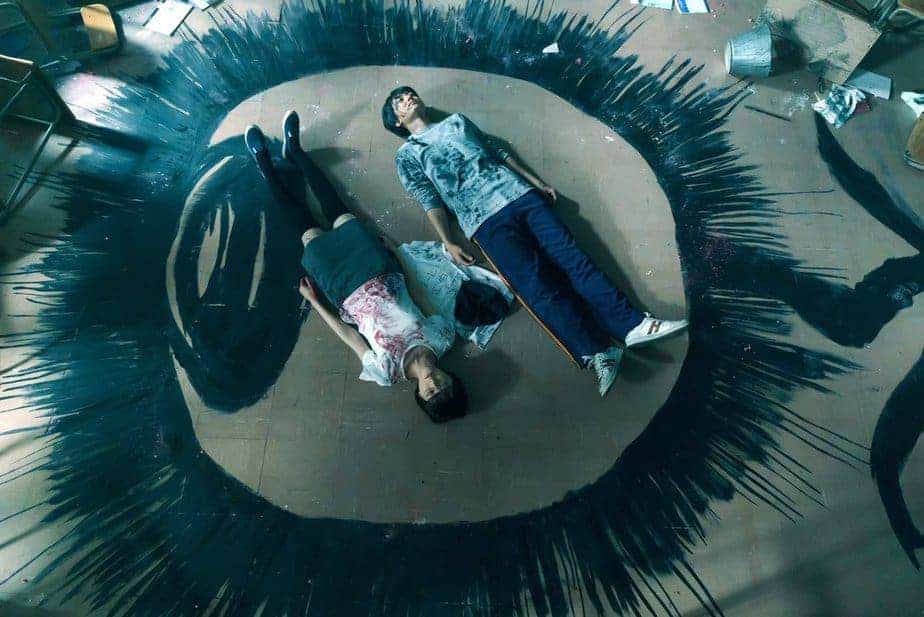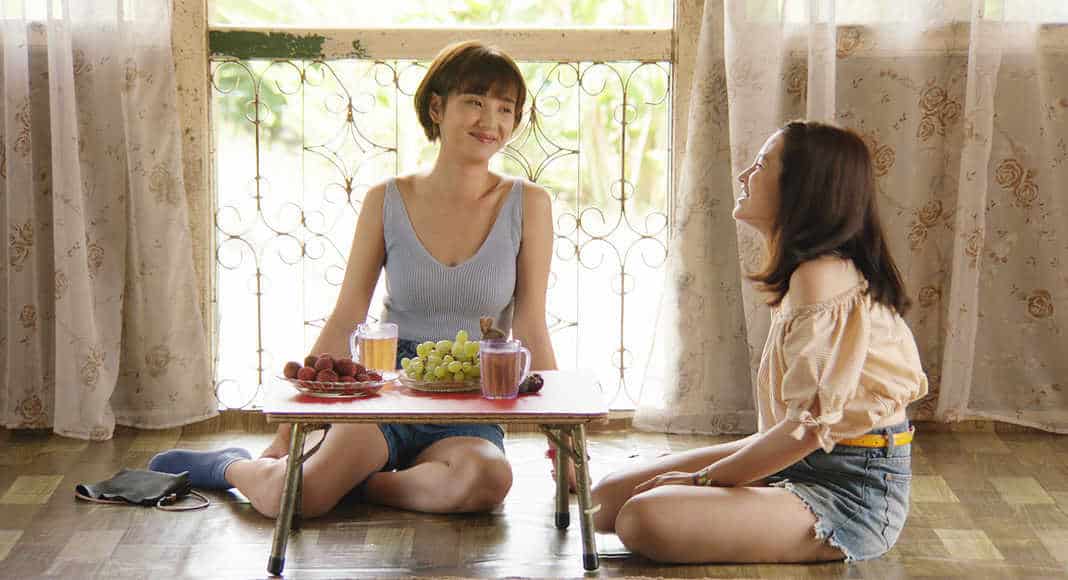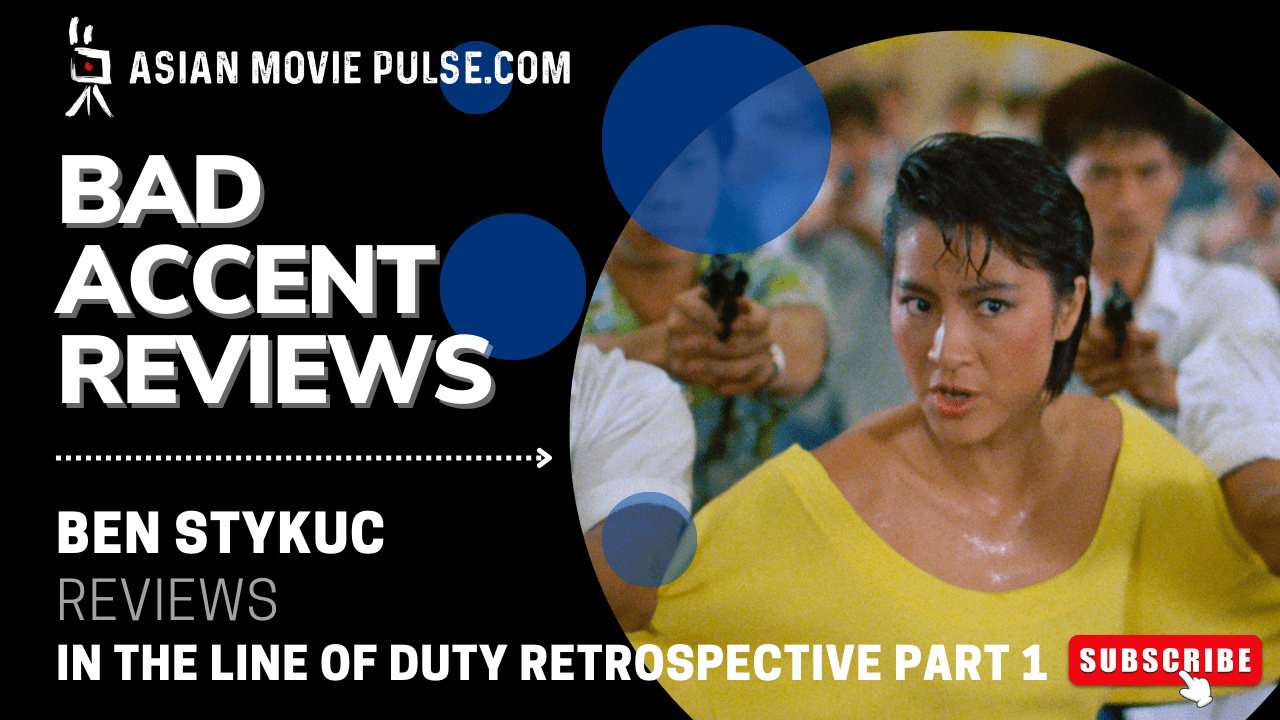Ryoo Seung-wan may be one of the biggest names in Korean action cinema now, but it wasn't five features in that he made “The City of Violence” in 2006, which propelled him to director superstardom. So far the only project on which he has worked as a director, writer, producer and actor, it was nominated for several awards in the year of its release and is still considered one of the foremost action films of the Korean New Wave.
Buy This Title
Jung Tae-soo moved to Seoul years ago, leaving best friends Wang-jae, Pil-ho, Seok-hwan and Seok-hwan's elder brother Dong-hwan behind in their idyllic town and is now a detective with the Seoul police. But when Wang-jae, a reformed gangster, is murdered after chasing goons out of his pub one night, Tae-soo returns back and, smelling something fishy, decides to stay back and investigate the death, helped by Seok-hwan, who now works as a debt-collector. Everything seems to point at the arrival of a casino project that has recently been announced for the town, with which Pil-ho, who has taken over the crown of mobster from his brother-in-law Wang-jae, somehow seems to be intricately linked.
“The City of Violence” admittedly doesn't have the freshest of plots. The story has a strong sense of deja vu around it for seasoned viewers of the action and revenge genres. It even feels like it borrows heavily in its treatment from Hong Kong and Hollywood films. But the amount of swagger and pizzazz that Ryoo infuses it with is next to none and, indeed, trailblazing for its time. In spite of the reverential homages in terms of its stylistic approach to its Hong Kong and Hollywood cousins, Ryoo still manages to give it that unique flavour that keeps it a quintessentially Korean production.
He also keeps this a feature of two distinct halves. The first half plays like a standard thriller, with Tae-Soo and Seok-hwan trying to get to the bottom of the mystery surrounding their friend's murder. This section is devoid of much stylistic flourishes and instead concentrates on character build-up, even if it is not particularly unpredictable to see where the story is leading. It is, however, when the action starts that Ryoo completes switches gears, making it feel like a completely different film. A lot of this comes from the thrilling action choreography, courtesy of lead star Jung Doo-hong himself. He sets the fight scenes uniquely, at a water canal or amidst a dance battle for example, and they are, for lack of a better word, truly glorious, culminating in a superb final showdown at a restaurant.
The cinematography and the music further Ryoo's stylistic vision for this production. Right from the very first scene, in which cinematographer Kim Yeong-cheol's handheld camera follows a fight, which is then seen only in shadows reflected on a wall, you know you're in from an unconventional ride. Even the music, which includes everything from pop songs, rap songs or even a spaghetti western style guitar track to score the action scenes, creating a flashy and trendsetting effect.
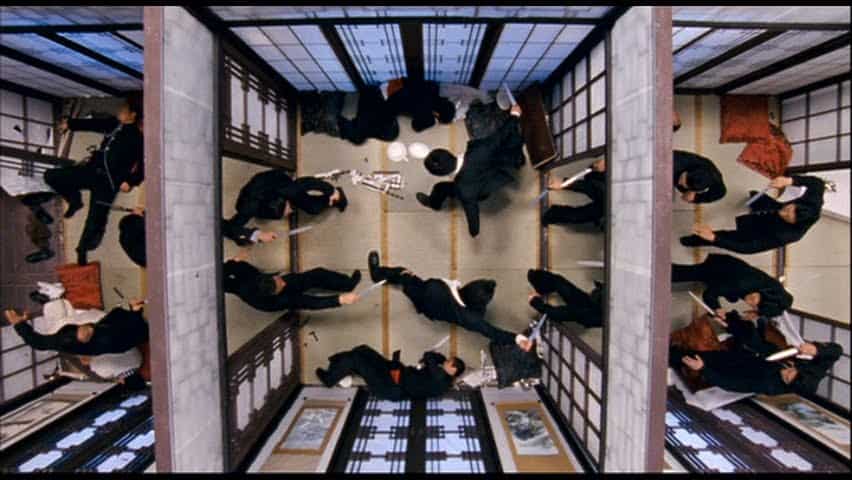
In addition to acting on screen himself as Seok-hwan, Ryoo also brings his friend and long-term collaborator Jung Doo-hong for the ride as leading man. What Jung may lack in acting skills, and he is by no means a complete amateur in that department either, he makes up in the action sequences. Having long worked as an action co-ordinator before “The City of Violence”, it is no wonder that he makes for a highly watchable and entertaining action hero. Based solely off what's on display here, it's frankly a surprise that he is not a much bigger action star himself today, even if he may be one of the most sought after action choreographer in the South Korean film industry. He even helps Ryoo Seung-wan look like a believable action star, who actually impresses in a few sequences. Lee Beom-soo, meanwhile, gives Pil-ho an obnoxiousness that goes perfectly with the character.
Any storytelling shortcoming that “The City of Violence” may have, which honestly is a mild imperfection considering its age now, is soon forgotten once the action starts, making it stand heads and shoulders above most features who have since tried to emulate its style to mixed results, its influence seen in features even today. Indeed a trailblazer and an important milestone for Korean action cinema by all means, it remains essential viewing. If you haven't seen it yet, do so at the earliest; it is guaranteed to tornado kick its way into your list of favourite action films.


